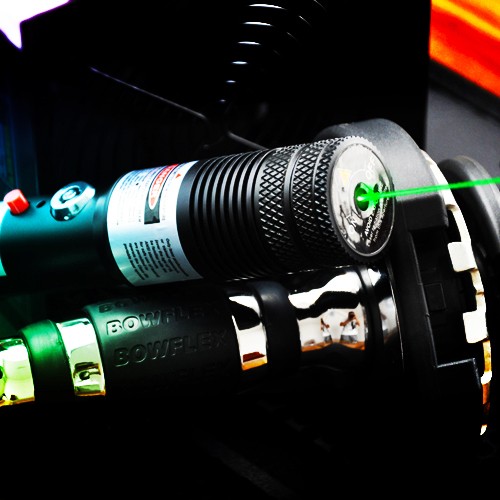1. Believing Is Step One
I started out as a philosophy major at Harvard, but switched to a major in electronic music when I decided to follow my heart. Soon I was work¬ing with tape loops and Buchla synthesizers and having the time of my life. Believing that I could realize my musical dreams was the first step in actualizing them. To quote that well known John Mayer song, “There’s no such thing as the real world.” If music is in your blood, don’t let anyone tell you a career in it is impossible.
2. Train Like an Athlete
I had a great deal of early classical training, from piano lessons at the Manhattan School of Music as a child to all-around musical immersion cour¬tesy of other members of my family who are also musicians. I credit a great deal of my abilities to my early and continued musical training. Think like an athlete—develop a training routine and stick to it.
3. Push Your Musical Boundaries
I became the musical director for a revue in New York called “The Beat Goes On,” where a house band with 20 singers would do a tribute to a par¬ticular era. We recreated things like music from the British Invasion and Phil Spector’s “wall of sound” approach. Having that gig not only introduced me to countless musicians on the New York scene (who later recommended me for some of my big¬gest gigs), it also taught me new sounds and styles that are now part of my sonic palette. Taking gigs that are outside of your normal box can be a game-changer, musically and networking-wise.
4. Take the Gigs that Excite You
I quit a day job to take a gig that paid the same amount of money, but only for one month. I knew I would have nothing left after four weeks, but the music excited me so much that I threw caution to the wind. By doing so, more gigs came rolling in. Bet on yourself and ultimately you will win.
5. Always Be Improving
Always increase your music collection and your understanding of music history. It’s never too late to get better on your instrument. When in doubt, go back to Bach and James Booker!





















